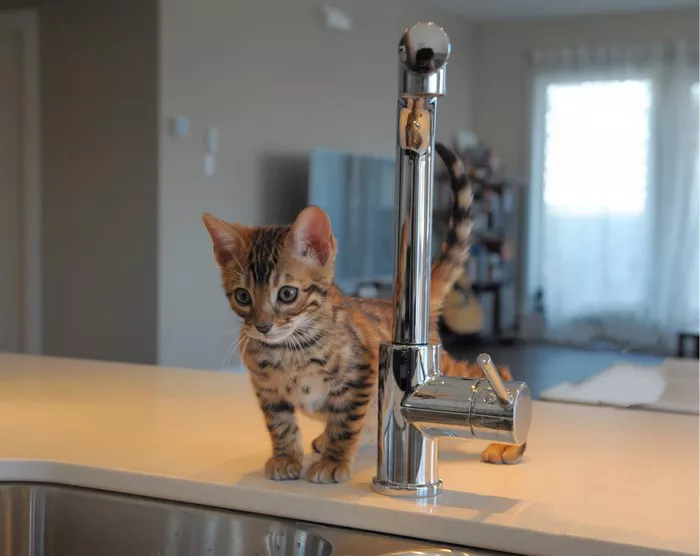Introduction:
Bengal cats are known for their intelligence, curiosity, and high energy levels. Training your Bengal cat not only helps establish a bond between you and your feline companion but also provides mental stimulation and prevents behavioral issues. In this article, we will explore effective training techniques specifically tailored for Bengal cats to help you bring out the best in your furry friend.
1. Start Early:
Training should ideally begin when your Bengal cat is a kitten. Kittens have a natural inclination to learn and adapt, making it easier to shape their behavior. However, if you have an adult Bengal cat, don’t worry! With patience and consistency, you can still train them successfully.
2. Positive Reinforcement:
Bengal cats respond best to positive reinforcement techniques. Reward-based training methods using treats, praise, and playtime help motivate and encourage desired behaviors. Whenever your Bengal cat exhibits the desired behavior, such as using the litter box or scratching post, reward them with treats and verbal praise.
3. Clicker Training:
Clicker training is a useful technique for teaching specific commands and behaviors. Start by associating a distinct clicking sound with treats. Click the clicker and immediately offer a treat. Repeat this process multiple times until your Bengal cat associates the sound of the clicker with receiving a reward. Once the association is established, you can use the clicker to mark and reinforce desired behaviors.
4. Litter Box Training:
Introduce your Bengal kitten to the litter box as early as possible. Place them in the litter box after meals or naps, and gently scratch their front paws in the litter to encourage them to dig. If accidents occur, clean them up without scolding the kitten. Consistency, patience, and positive reinforcement will help them understand that the litter box is the appropriate place for elimination.
5. Basic Commands:
Teaching basic commands like “sit,” “stay,” and “come” can be accomplished through consistent training sessions. Use treats and praise as rewards when your Bengal cat follows the command correctly. Break down each command into small steps and gradually increase the difficulty level. Be patient and avoid punishment, as it can hinder the learning process.
6. Environmental Enrichment:
Bengal cats are highly active and thrive in enriched environments. Provide plenty of toys, scratching posts, climbing trees, and interactive puzzles to keep them mentally stimulated and physically engaged. Rotate the toys and introduce new ones periodically to prevent boredom.
7. Discouraging Undesirable Behaviors:
If your Bengal cat displays unwanted behaviors such as scratching furniture or jumping on countertops, redirect their attention to appropriate alternatives. Provide scratching posts and cat trees to satisfy their natural urge to scratch. Use deterrents like double-sided tape or citrus scents to discourage them from specific areas.
8. Consistency and Patience:
Consistency is key when training a Bengal cat. Use the same commands, reward system, and training techniques consistently to avoid confusion. Keep training sessions short and frequent to maintain their focus and interest. Patience is crucial, as every cat learns at their own pace. Celebrate small successes along the way and be persistent.
Conclusion:
Training a Bengal cat can be a rewarding experience that strengthens the bond between you and your feline companion. By using positive reinforcement techniques, starting early, and providing a stimulating environment, you can help your Bengal cat develop good behaviors and thrive. Remember, training takes time and patience, so enjoy the journey of training your Bengal cat and cherish the unique and special moments you share.
























